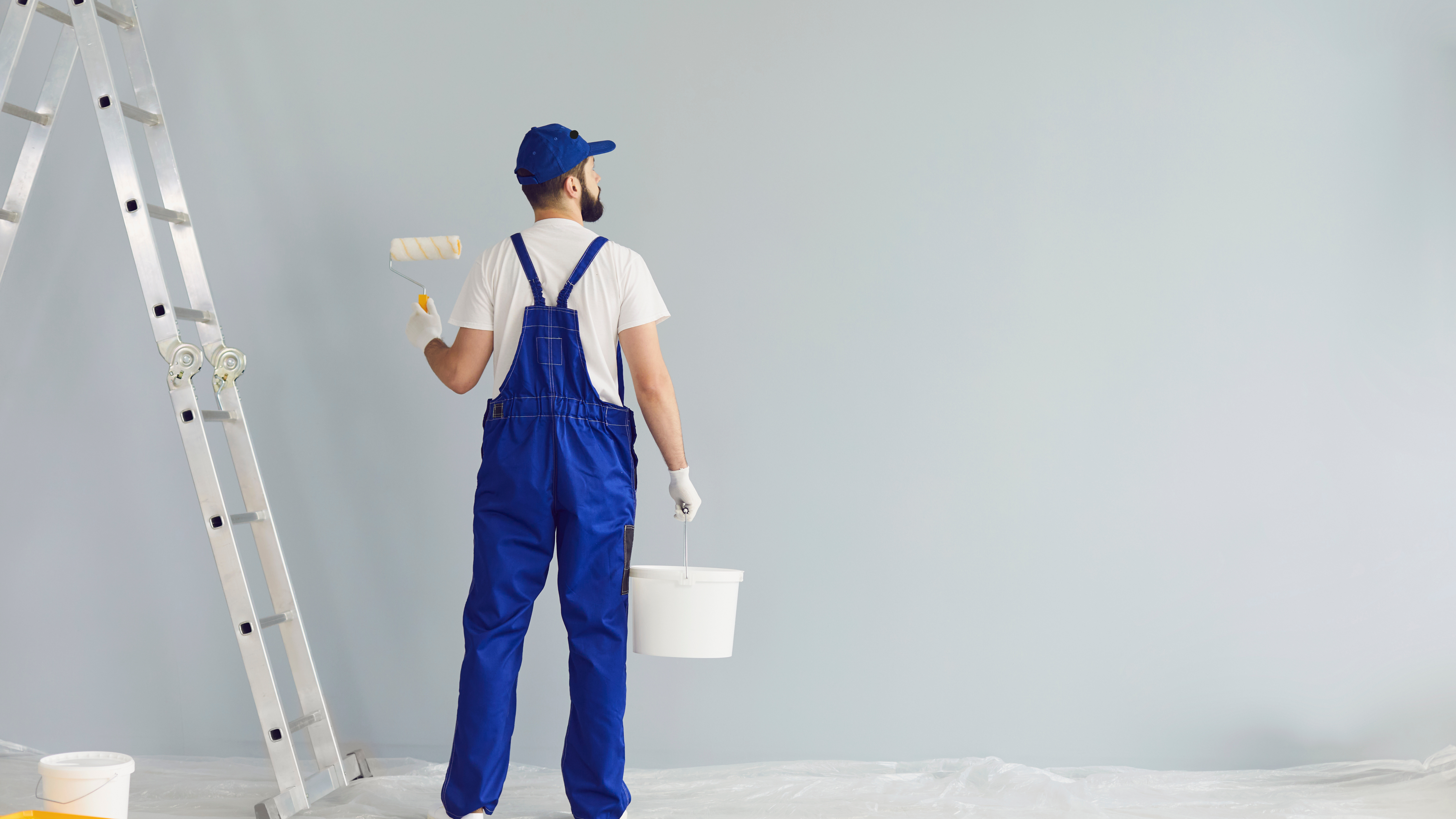RESIDENTIAL EXTERIOR

BENEFITS OF RESIDENTIAL INTERIOR PAINTING
Enhances Aesthetic Appeal A fresh coat of paint can dramatically change the look and feel of your home. It allows you to customize your living spaces with colors and finishes that reflect your personality and style.
Improves Indoor Air Quality Modern paints, especially those with low or zero volatile organic compounds (VOCs), can improve indoor air quality, making your home healthier for you and your family.
Increases Property Value A well-maintained and freshly painted interior can make your home more attractive to potential buyers and increase its market value.
Protects Walls and Surfaces Paint acts as a protective barrier, shielding your walls from wear and tear, moisture, and stains.
Boosts Mood and Energy The right color palette can have a positive psychological effect, creating a more pleasant and motivating environment.
STEPS FOR A SUCCESSFUL RESIDENTIAL INTERIOR PAINTING PROJECT
Planning and Preparation
Choose Colors and Finishes: Select colors that complement your furniture and decor. Consider finishes like matte, satin, or gloss depending on the room’s purpose and traffic level.
Budgeting: Determine your budget for paint, tools, and labor (if hiring professionals).
Gather Tools and Materials: Essentials include paint, brushes, rollers, painter’s tape, drop cloths, and primer.
Surface Preparation: Clean walls to remove dust and grease, repair cracks or holes, and sand rough surfaces for a smooth finish.
Priming the Surfaces
Priming ensures better adhesion of paint, enhances durability, and provides an even base, especially when covering dark colors or stains.
Applying Paint
Cut-In Technique: Use a brush to paint edges and corners before using a roller on larger areas.
Layering: Apply multiple thin coats for a uniform finish. Allow each coat to dry before applying the next.
Proper Ventilation: Ensure adequate ventilation to speed up drying and minimize paint fumes.
Cleanup and Inspection
Once the paint is dry, remove painter’s tape carefully, clean tools, and inspect for missed spots or uneven areas.
STEPS FOR A SUCCESSFUL RESIDENTIAL INTERIOR FACTORS TO CONSIDER FOR INTERIOR PAINTING
Room Functionality Choose colors that align with the room’s purpose. For instance, soft hues for bedrooms promote relaxation, while vibrant colors in the living room can energize the space.
Lighting The amount and type of light (natural or artificial) in a room can significantly affect how colors appear. Test paint samples in different lighting conditions.
Paint Quality Invest in high-quality paint for better coverage, longevity, and resistance to wear.
Professional vs. DIY Hiring professionals ensures precision and saves time, but DIY can be cost-effective if you have the necessary skills and tools.
Environmental Considerations Opt for eco-friendly paints with low VOC levels to minimize environmental impact and ensure a healthier home environment.
TRENDS IN RESIDENTIAL INTERIOR PAINTING
Earthy and Neutral Tones Colors like beige, sage green, and terracotta are popular for creating a calm and cozy ambiance.
Accent Walls Painting one wall in a bold or contrasting color adds depth and visual interest to a room.
Textured Finishes Faux finishes and textured paint techniques are gaining popularity for adding character and uniqueness.
Monochromatic Schemes Using varying shades of a single color creates a harmonious and sophisticated look.
